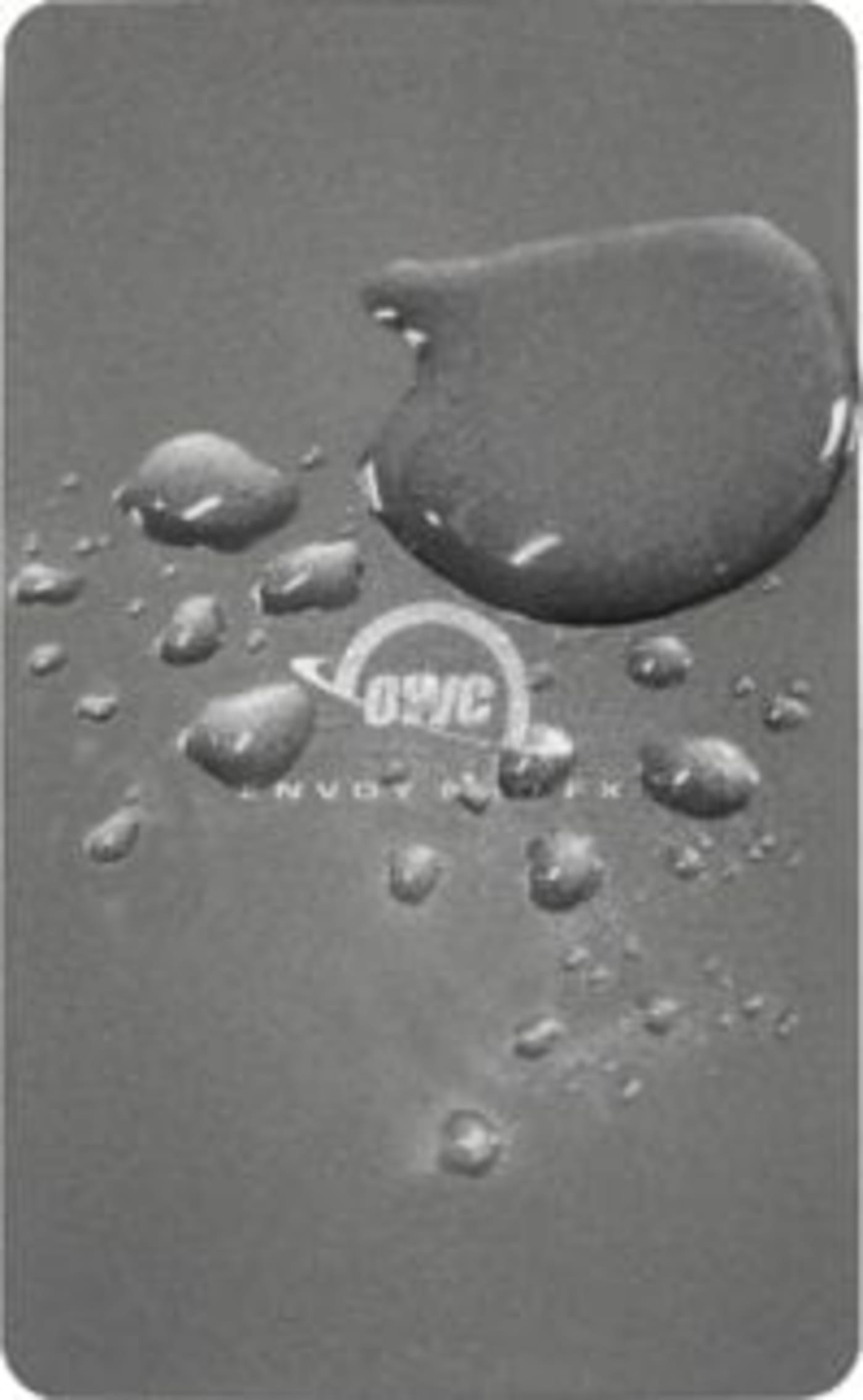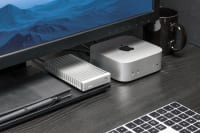You may have seen MIL-STD-810G on OWC products. It’s usually next to the word “rugged” or “military.” You may even know that it refers to a set of standards used to evaluate the durability of certain hardware solutions. But what does MIL-STD-810G actually mean? Where does the classification come from, and what exactly does it describe?
In this article, we will delve into the history of MIL-STD-810G certification, what standards the classification refers to, and the testing process OWC products go through to obtain it.

The History of Commercial Certification
The United States Military first released formal standards for testing equipment under simulated environmental stressors in 1945. Although testing standards are allegedly enforced by the Department of Defense, a lot of what goes down to achieve the certification varies from company to company. No single agency determines the certifications for commercial products. So, sometimes “MIL-STD-810” just refers to the fact that the product was built to adhere to certain standards, but no real testing has taken place.
The “G” in MIL-STD-810G stands for a precursory revision to the most recent version to the testing standard, MIL-STD-810H. So the “G” in MIL-STD-810G just refers to how the standard is written and the tests that it undergoes to become certified. You can find the specifics here.
Who Tests the Products?
While testing can be done by a commercial company or a third-party entity, tech users should always check to see how the specific product is tested. As mentioned above, some companies just slap the label on all of their ruggedized products without ever taking them through any formal testing. It doesn’t necessarily mean that the company is trying to be deceitful – certification tests are expensive. Because of this, companies that are focused on their bottom line alone will just label products with MIL-STD-810G that they *think* could withstand a drop test.
This isn’t the case with OWC product engineers. They’re obsessed with quality (trust me, we’ve talked). Let’s take a look at the testing process OWC products go through to achieve MIL-STD-810G certification.
What OWC Products Go Through to Become Certified
When OWC products are labeled with a specific certification, they’re authenticated by a third-party testing company. But they don’t just whip up a label and send the stuff back to us. The company sends a detailed report on which tests each product has undergone, any changes that occurred between tests, and before and after photos from the testing process. There are different standards for various certifications, including a temperature cycle test, thermal shock test, humidity test, vibration test, mechanical shock test, free drop test. So, when OWC engineers say that certain OWC products are “crushproof, dustproof, and waterproof,” they mean it.
The “Free Drop Test” is what’s employed for MIL-STD-810G certification. Each product is dropped from 122 cm (about 4 feet). The product is dropped 26 times, each time making sure a different portion of the product was impacted. To be certified MIL-STD-810G, the product has to hold up throughout the testing process, as well as function and look good afterward.

Going Forward
Hopefully, after reading this, you can purchase “certified” consumer tech products with confidence. There’s no reason to assume that products will hold up to MIL-STD-810G standards if they haven’t been thoroughly tested, so do your research before shelling out your hard-earned cash. And if you have any specific questions on OWC testing standards that aren’t addressed in this article, reach out to our Customer Service team by phone, chat, or email for further clarification.
Other topics you might like
The OWC Atlas Ultra CFexpress Card is Officially Recommended for the Blackmagic PYXIS 12K
Updated on Oct 9, 2025
Can USB4 v2 and Thunderbolt 5 Enclosures Deliver PCIe Gen5 Speeds?
Updated on Oct 6, 2025
OWC Wins Two Best of Show Awards at IBC 2025
Updated on Sep 17, 2025
 USA + International
USA + International OWC Canda
OWC Canda OWC Europe
OWC Europe


